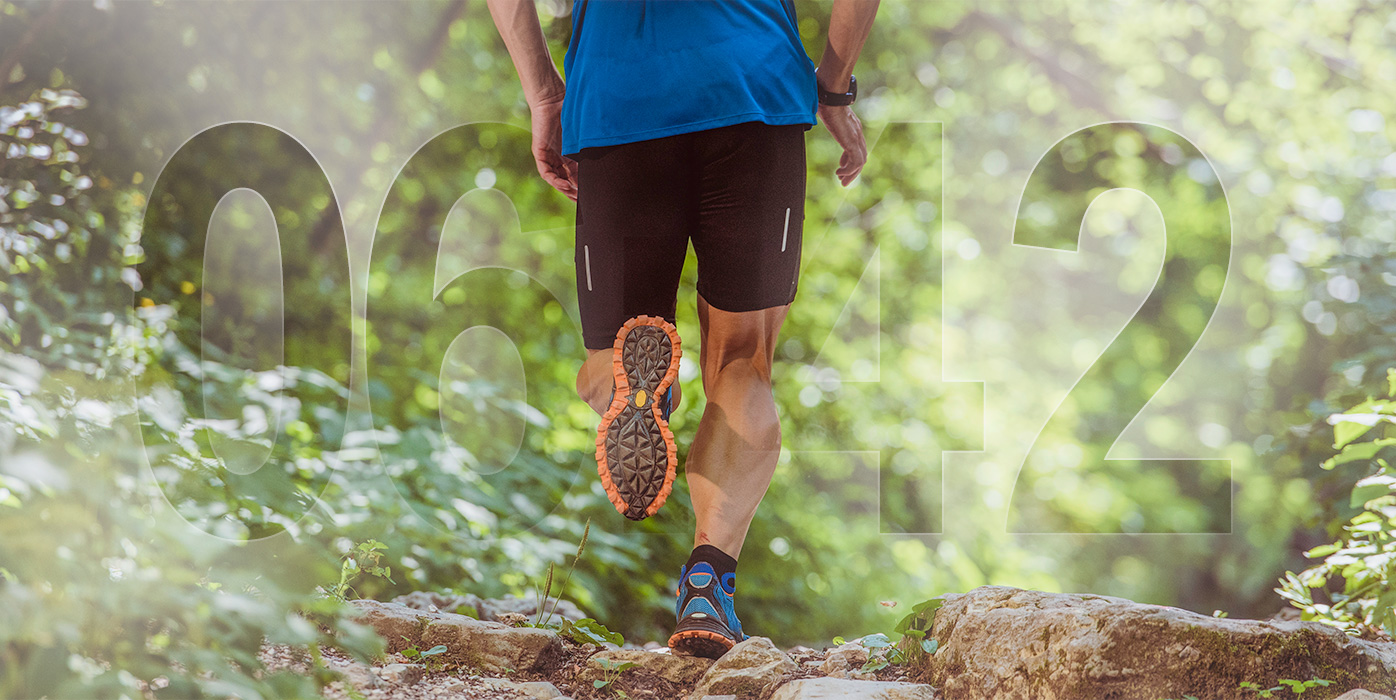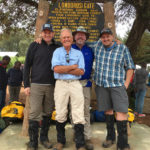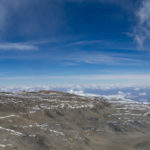
A 33-mile round-trip run up 15,177 feet, through jungle, beyond glaciers and past clouds to the highest point in Africa – then back down again. It takes the average trekker seven days. Kilian Jornet and Karl Egloff did it in around seven hours and set records for fastest ascent and descent on Kilimanjaro.
Here’s how.
Finding a Racecourse on Kilimanjaro
The last three Kilimanjaro ascent and descent records have used the same strategies – a direct ascent up the Umbwe route, our most challenging option, followed by a run down Mweka, the designated Kilimanjaro descent route.
Luckily, Kilimanjaro requires no technical climbing skills or equipment; you can reach the peak using steep trails and avoiding sheer cliffs. The record-setters reached the summit with minimal gear, even forgoing heavy jackets in favor of lightweight running clothing and shorts.
Fighting Up the Mountain
The cold is actually the least of a skyrunner’s concerns racing up Kilimanjaro. Instead, their main obstacles are altitude and, well, the physical toll it takes to run up a mountain as fast as possible.
As for the latter, these athletes might be some of the toughest runners and hardest trainers on the planet. Last year, while running the 100.5-mile Hardrock 100, Jornet dislocated his shoulder after slipping 13 miles into the race. He then ran the remaining 87 miles to seize his fourth Hardrock 100 win.
When Jornet talks about his training regimen and racing strategies, he recommends yearly training minimums between 700 and 1200 hours. That’s at least 2 to 3 hours every single day – at a minimum.
Speaking to altitude, both Jornet and Egloff have spent their lives climbing mountains and perfecting their acclimatization techniques. Even at their levels, Kilimanjaro’s altitude is serious business. Jornet stopped several times to catch his breath near the summit, calling it difficult.
An endurance challenge difficult for an athlete like Jornet is impossible for most of us.
In other words, aside from sometimes being a literal walk in a park, racing up Kilimanjaro is no walk in the park.
Who Holds Kilimanjaro’s Fastest Known Time?
Egloff beat Jornet’s record by 32 minutes, climbing up and down Kilimanjaro in just 6 hours and 42 minutes.
Six months later, he snatched the ascent-descent record from Jornet again on the 22,837-foot Aconcagua.
Still, Jornet enjoys an impressive amount of world records. In fact, he was named 2018 Adventurer of the Year by National Geographic after climbing Mount Everest two times in just over five days without using oxygen or support.
And despite a little competition, the two enjoy a friendly relationship.
Make Way for Maciel and Madsen
More recently, skyrunner Fernanda Maciel broke the fastest female ascent-descent record on Kilimanjaro, running up Umbwe and down to Mweka Gate in just 10 hours and six minutes in 2017.
Just a few months later, Kristina Schou Madsen smashed Maciel’s ascent record by changing strategies, running up the Mweka route in 6 hours and 53 minutes – 15 minutes faster than Maciel’s ascent time of 7 hours and 8 minutes.
That was on Feb. 23, 2018. Time will tell if another contender takes on Kilimanjaro’s speed record this year.






